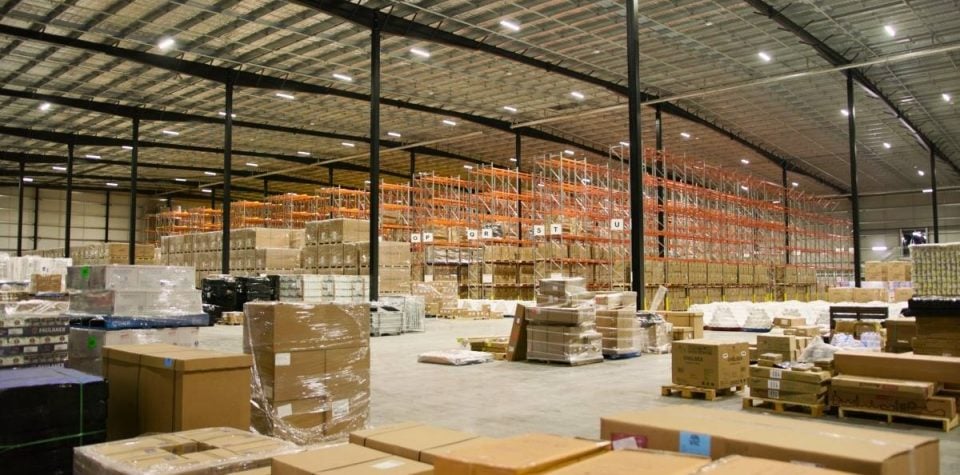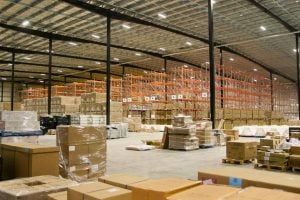Table of Contents:
- How the Pandemic Impacted Australia
- The can-do Aussie spirit
- Healthy heads in the warehouses and sheds
- Coping With the Pandemic
- Embracing the Tech
- Supply Chain Diversification
- Setting up the collabs
- Health and Safety
- Advance Australia
The disturbances and hassles caused by the COVID-19 pandemic have provided insights into how Australian logistics businesses can cope with future disruptions.
The COVID-19 pandemic significantly impacted the global logistics industry. In Australia, the shipping, logistics, and supply chain sectors all faced unprecedented challenges, disruptions, and changes during those uncertain times.
From these experiences, however, valuable lessons have emerged. In this blog post, we will explore how the Australian logistics industry coped with the COVID-19 pandemic and delve into the lessons we learned that can shape the future of the industry.
How the Pandemic Impacted Australia.
The COVID-19 pandemic triggered a series of disruptions within the Australian logistics industry. Border closures, travel restrictions, and lockdown measures created significant hurdles for businesses involved in shipping, logistics, and supply chains.
Freight movement faced delays and congestion, impacting the timely delivery of goods. Shortages of essential supplies, including personal protective equipment (PPE), highlighted vulnerabilities within the supply chain. However, the pandemic also created opportunities for Australian businesses to come up with creative solutions to these vulnerabilities.
The can-do Aussie spirit
We Australians are good at solving problems. We are also pretty sharp at adapting to change and coming up with ways to overcome obstacles. It’s in our DNA really: from the days of the first settlers, this big country has continually thrown challenges at us. And we have always been able to figure out ways to keep moving ahead.
The logistics industry and its workforce were the unsung heroes during the COVID-19 pandemic. They ensured the smooth functioning of the domestic supply chain and despite facing increased risks and challenges, logistics workers maintained their dedication to delivering essential goods and services.
Healthy heads in the warehouses and sheds
As Australia recovered and moved forward, it became essential to recognize and appreciate the vital contributions of logistics workers who played such a significant role in Australia’s economic well-being during the pandemic.
By prioritizing health and safety measures, embracing automation and technology, and addressing mental health, the industry demonstrated its resilience and adaptability. The establishment of initiatives like the Healthy Heads in Trucks & Sheds Foundation signifies the industry’s commitment to creating supportive and thriving workplaces.
So how did Australian logistics operators cope with the challenges of the COVID-19 pandemic? Let’s have a bit of a look.
Coping With the Pandemic.
The COVID-19 pandemic arrived suddenly and created chaos for a start. But it didn’t take long for logistics companies to find ways in which they could adapt. They did this in a number of ways.
Embracing the Tech
The pandemic accelerated the adoption of digital technologies in the logistics industry. From contactless delivery setups to online documentation and “work from home” (WFH) arrangements, businesses rapidly embraced digital solutions to ensure operational continuity and minimize physical interactions.
Automation, robotics, and artificial intelligence played a crucial role in overcoming operational challenges. Logistics companies integrated technology solutions to optimize processes, reduce manual intervention, enhance visibility, and improve overall efficiency.
Supply Chain Diversification
The disruption caused by the pandemic exposed the risks of relying heavily on a single source or region. Australian businesses learned the importance of diversifying their portfolio of suppliers, building resilient supply chains, and implementing contingency plans to mitigate future disruptions.
Setting up the collabs
The pandemic highlighted the need for improved collaboration and communication across the logistics ecosystem. Stakeholders, including manufacturers, suppliers, logistics providers, and government agencies, recognized the value of sharing real-time information, coordinating efforts, and establishing stronger partnerships to overcome challenges effectively.
Supple, agile and flexible
The ability to quickly adapt to changing circumstances became paramount. Businesses in the logistics industry implemented agile practices, such as flexible workforce management, dynamic route planning, and adaptable warehousing strategies, to meet shifting demands and ensure continuity.
Health and Safety
Strict adherence to health and safety protocols became a top priority. Businesses implemented comprehensive measures, including sanitization practices, personal protective equipment for staff, and regular testing, to ensure the well-being of employees and minimize the risk of virus transmission.
Advance Australia!
The COVID-19 pandemic brought about significant changes and valuable lessons for the Australian logistics industry. From embracing digital transformation to enhancing supply chain resilience and prioritizing collaboration, businesses have learned to navigate challenges and adapt to what is now the new normal.
By implementing these lessons, the Australian logistics industry has built a stronger and more resilient logistics ecosystem that will be able to adapt to and withstand future disruptions.
As the world’s supply chains continue to evolve, the Australian logistics industry stands ready to face future challenges with the wisdom gained from the COVID-19 pandemic. Well done everybody!



